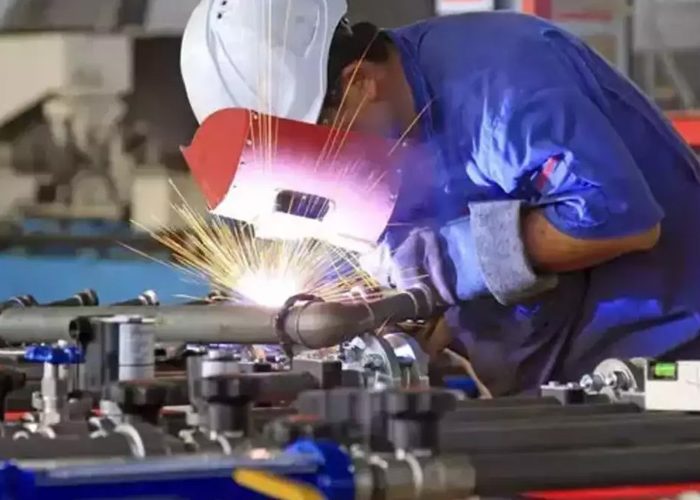
India’s factory and manufacturing industry again showed signs of resilience in October
India’s factory activity expanded at its strongest pace in three months in January, fuelled by a continued recovery in demand and output, according to a private survey showing firms cut jobs at the slowest pace in 10 months. The Nikkei Manufacturing Purchasing Managers’ Index, compiled by IHS Markit, rose to 57.7 in January from December’s 56.4, above the 50-level separating growth from contraction for the sixth straight months. Sub-indexes tracking new orders and output rose to their highest since October, indicating a strong increase in demand. “Factories continued to ramp up production at an above-trend pace, and the sustained upturn in new work intakes suggests that there is room for capacity expansion in the near-term,” noted Pollyanna De Lima, associate economics director at IHS Markit. That chimes with a Reuters poll, published last week, which predicted Asia’s third-largest economy would recover at a quicker pace than previously thought on increasing hopes of further fiscal expansion and a successful coronavirus vaccine rollout. Still, firms reduced headcount for the tenth month in a row, although the rate of job cuts was the weakest in the current 10-month contraction.
Meanwhile, an increase in input prices at their fastest pace since Sept. 2018 forced firms to raise output prices at the most robust rate in more than a year, raising the chance of overall inflation remaining above the Reserve Bank of India’s medium-term target of 4%. Despite higher inflation, the RBI is not expected to change its accommodative stance anytime soon, the Reuters poll found. Optimism about the coming year improved last month. “Companies cheered the roll-out of Covid-19 vaccines and became more optimistic towards growth prospects, a position that is supportive of investment and job creation as businesses attempt to rebuild their inventories of finished goods and meet demand needs,” added De Lima.
“The Indian manufacturing industry again showed signs of resilience in October, with factory orders and production rising strongly despite losing growth momentum,” noted Pollyanna De Lima, economics associate director at S&P Global Market.
“Manufacturers continued to loosen the purse strings as they expect demand buoyancy to be sustained in coming months. There was a marked rise in input purchasing, with firms adding to their inventories to better align with client purchasing.”
Although overall demand and output expanded at a slower pace last month, growth was still solid, with foreign demand increasing at its strongest rate since May.
That led firms to increase headcount at the quickest rate since January 2020. Optimism around future output also remained above the long-term average.
While input price inflation remained around the previous month’s level, prices charged increased at their slowest pace since February, meaning overall inflation, which rose to a five-month high in September, was likely to ease. That could provide some breathing room for the Reserve Bank of India, which is widely expected to adopt a slower approach to rate rises than its major peers in the coming months.
The widening policy gap between the hawkish U.S. Federal Reserve and the dovish RBI could further weaken the rupee, which has lost over 10% against the greenback this year, suggesting the central bank may continue burning through its dollar reserves to support the currency.











